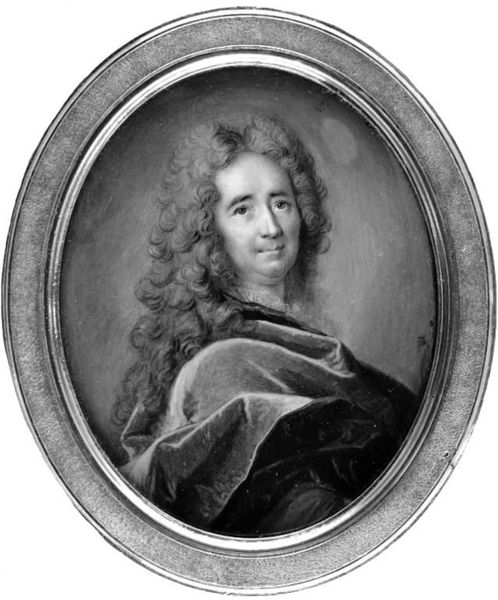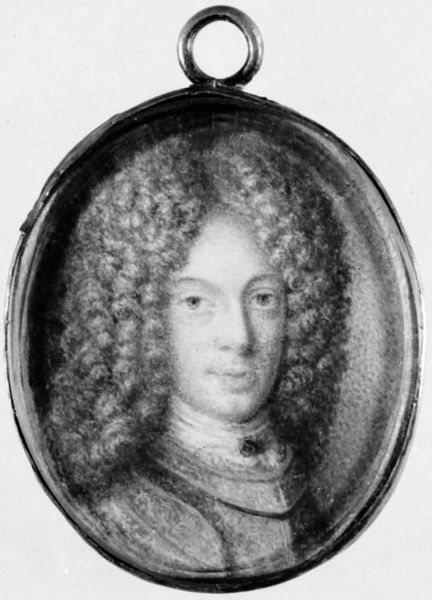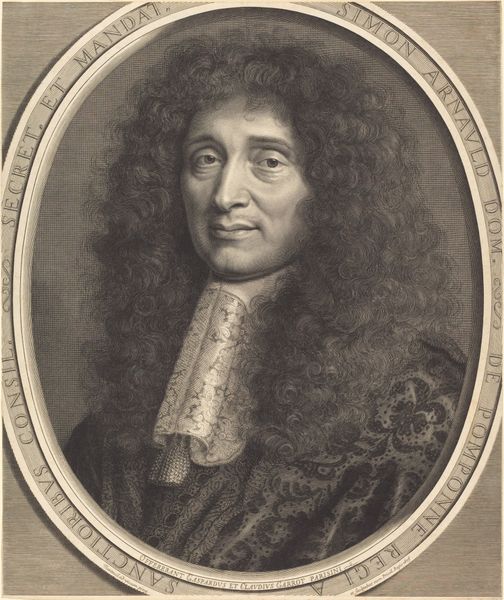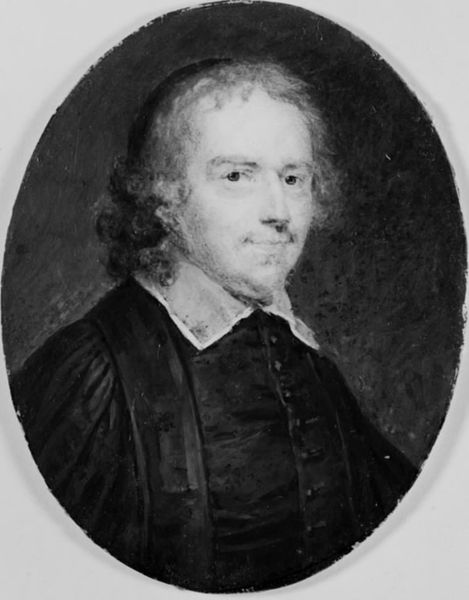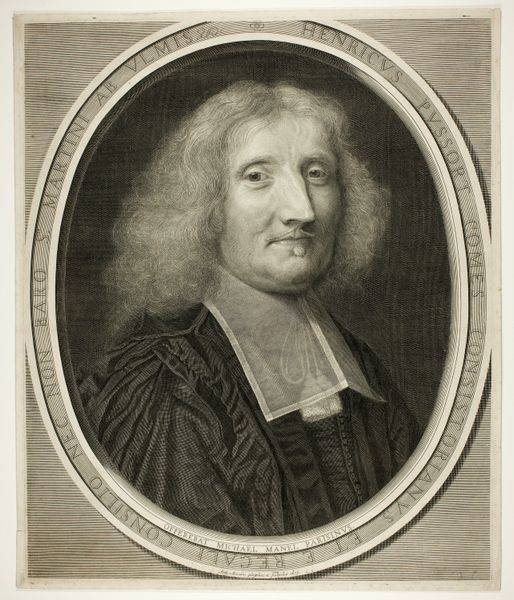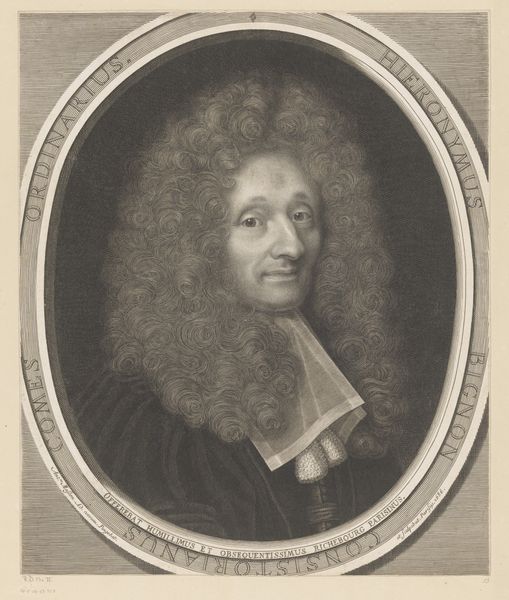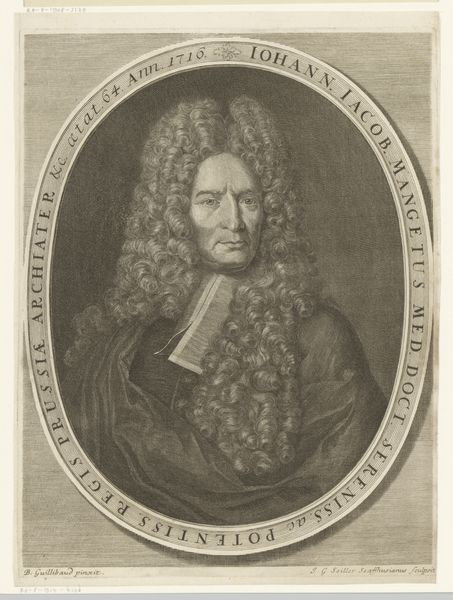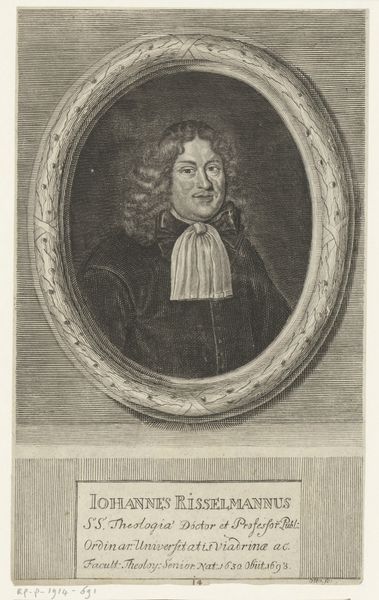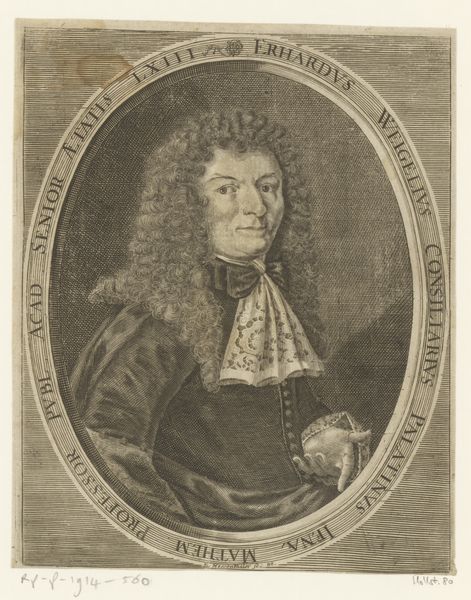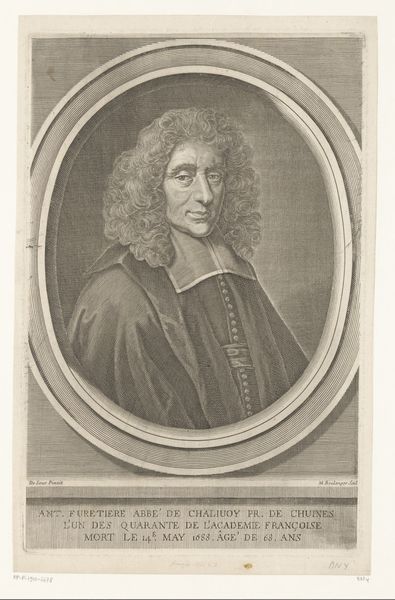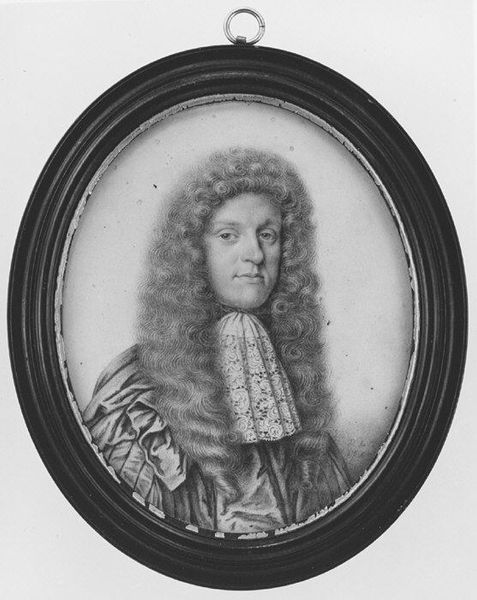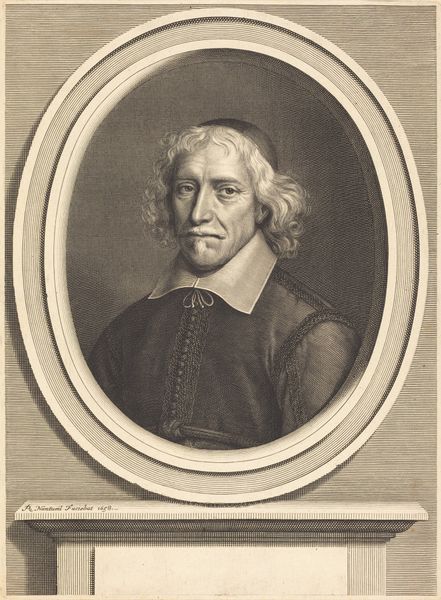
drawing, pen
#
portrait
#
drawing
#
baroque
#
charcoal drawing
#
pen
#
portrait drawing
#
academic-art
Dimensions: 2.2 cm (height) x 1.9 cm (width) (Netto)
Curator: Here we have an intriguing drawing entitled "Ubekendt mand," or "Unknown Man," made sometime between 1746 and 1755. It’s held here at the SMK, Statens Museum for Kunst. Editor: Immediately, I’m drawn to the sitter’s expression – there’s a sharpness in his eyes, a hint of cynicism perhaps? It projects intelligence, even in this small oval frame. Curator: Absolutely. This drawing, executed with pen and charcoal, exists within the social context of portraiture’s burgeoning popularity. Representing status was essential during that era, particularly with the rise of mercantile classes eager to emulate the aristocracy. The “unknown man” is very interesting because there are missing contextual elements to provide us a deep understanding of his background. Editor: Yes, that very intentionality of portraying status comes through so vividly. I wonder about the specific symbols. The elaborate wig is more than just a fashion statement; it's a declaration of power and social standing, an adoption of cultural symbols meant to legitimize one's status, irrespective of their identity. Curator: Precisely. That visual language served as an articulation of class aspirations and even challenged long held assumptions of nobility by birth. The drawing shows elements from both Baroque and Academic-art traditions, styles intended to reinforce cultural and social norms through art. It invites a critical exploration of Baroque portraiture, allowing for dialogues about its continuing influences in identity formation and class mobility. Editor: I’m struck by how that wig, which originally might seem superficial, actually anchors the whole composition and channels deeper, almost theatrical energies! What do you suppose this “unknown man” might tell us about our relationship with identity? Curator: Well, he might be a gateway for modern people who look at him now, centuries later. Does that initial perception, that symbolic power displayed by a wealthy merchant, still affect how we interpret self-presentation today? What do we make of our continuing performance of identity? Editor: Very good questions. Looking closer I think that I'll never see wigs the same way.
Comments
No comments
Be the first to comment and join the conversation on the ultimate creative platform.
